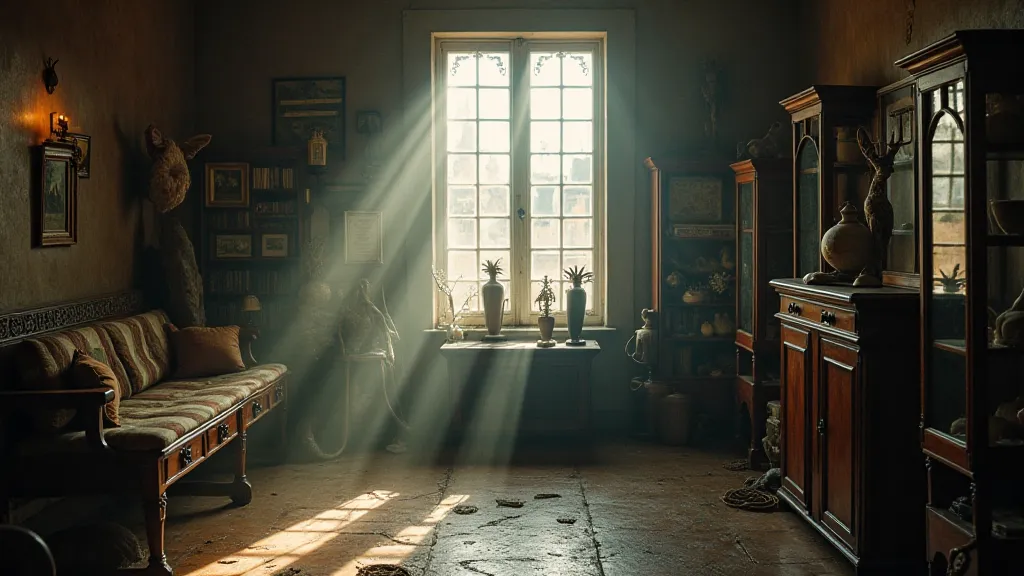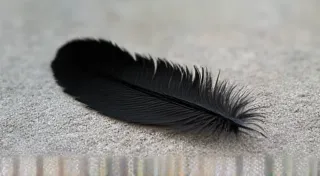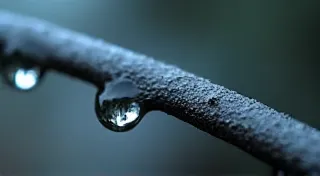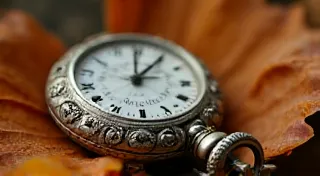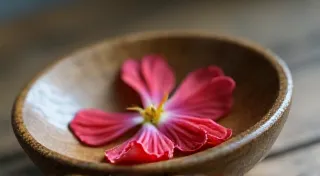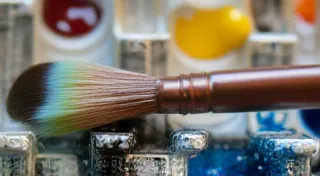The Peddler’s Cabinet: Tracing the Journey of Taxidermy Through Victorian Trade
The scent of dust and old paper. The subtle creak of a wooden cabinet. A flicker of gaslight illuminating a glass case filled with creatures frozen in time. These aren't the hallmarks of a museum, but of a Victorian-era peddler's shop – a place where the marvels of natural history were not just objects of scientific study, but commodities, bartered and sold as symbols of status, adventure, and the burgeoning fascination with the wild world beyond the industrial heart of England.
My own connection to antique taxidermy began not with scholarly pursuit, but with the melancholic beauty of a single fox mount. My grandmother, a woman of quiet eccentricity and a collector of forgotten treasures, possessed one. He stood guard in her parlor, a russet shadow against a floral wallpaper, his glass eyes seeming to hold a silent story of snow-covered fields and cunning hunts. He wasn't perfect; the fur was worn, the pose slightly unnatural, but there was a soulfulness there, a quiet dignity, that captivated me as a child. It sparked a lifelong fascination, not just with the animals themselves, but with the hands and the world that brought them to this poignant state of preservation.
The Rise of the Natural History Trade
The Victorian era (roughly 1837-1901) witnessed an explosion in the popularity of natural history. Fueled by exploration – the voyages of Darwin and Wallace, the mapping of Africa, the pursuit of exotic birds – the public appetite for information and representations of the natural world was insatiable. This created a fertile ground for the burgeoning taxidermy trade. Initially, preserving specimens was primarily the domain of scientists and museums. But as techniques improved and costs decreased, the opportunity to sell animal mounts to a wider market became increasingly lucrative.
The rise of the middle class also played a crucial role. As wealth accumulated, families sought ways to distinguish themselves. Displaying exotic animal mounts – a testament to a gentleman's adventurous spirit or connection to the natural world – became a powerful symbol of social standing. The mounting of prized hunting trophies became particularly popular, transforming a successful hunt from a mere accomplishment into a permanent, and visually impressive, display of skill. The intricacy of these displays sometimes extended beyond simple mounts, leading to elaborate dioramas meant to evoke entire ecosystems, a level of detail examined closely in articles exploring the mechanical marvels of early dioramas.
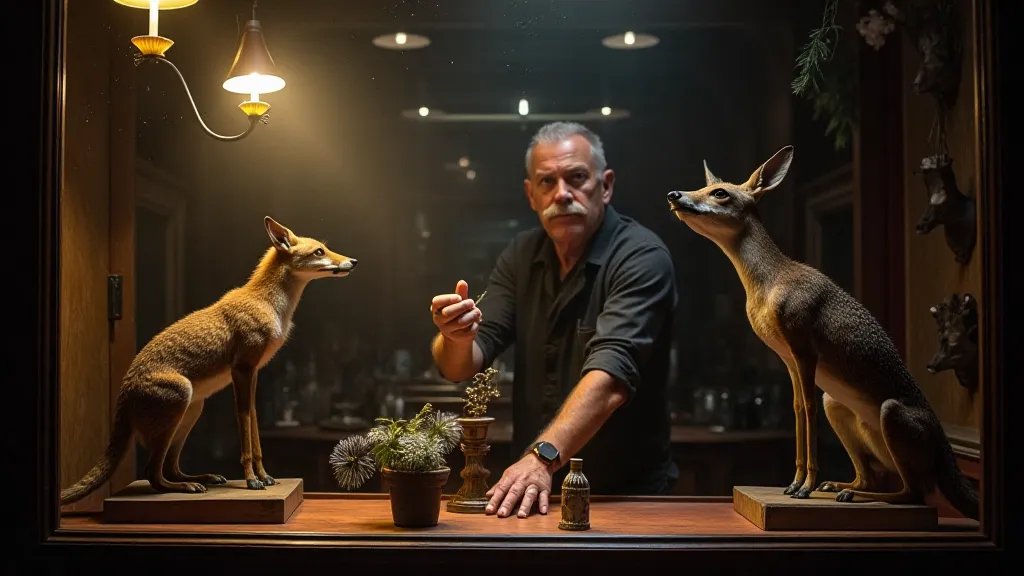
The Peddlers and the Shops
The commercial landscape of antique taxidermy wasn't dominated by grand department stores. Instead, it thrived in the hands of itinerant peddlers, local shops, and travelling salesmen. Peddlers, often travelling by horse-drawn carriage, would hawk their wares to rural communities, offering a taste of the exotic for those who might never travel beyond their own village. These were shrewd businessmen, often possessing a vast knowledge of natural history, and keenly aware of what would appeal to their customers. They understood the psychology behind the desire for these unusual possessions, often creating narratives around the animals' origins and supposed adventures, reinforcing their perceived value.
Local shops, too, played a vital role. These establishments weren’t solely dedicated to taxidermy; they often combined it with other wares – hardware, sporting goods, and general merchandise. A local taxidermist might advertise his services prominently in the shop window, attracting the attention of hunters, farmers, and curious onlookers. The display itself was key – animals were posed to maximize their visual impact, often grouped in miniature dioramas that evoked a sense of adventure and the untamed wilderness. The arrangement of these mounts wasn't merely about aesthetics; it was a statement, a curated reflection of the owner’s tastes and aspirations.
Craftsmanship and Techniques
The quality of antique taxidermy varied greatly. Early mounts, often dating back to the mid-19th century, were often characterized by crude poses and less sophisticated techniques. The artist often struggled with accurately capturing the animal's anatomy, resulting in distorted features and awkward positions. The materials used were also less refined, often involving burlap, cotton batting, and inferior glues that have deteriorated significantly over time. The very act of preserving these fragile creatures, and the often-simplistic understanding of their internal structures, fueled a period where the desire to own something rare sometimes overshadowed the commitment to accurate representation.
As the trade matured, however, so did the techniques. Mounts crafted in the late Victorian era exhibited greater anatomical accuracy, more natural poses, and a more refined attention to detail. Skilled taxidermists began to use wire armatures to support the animal's limbs, allowing for more dynamic and lifelike poses. Improved glues and preservatives helped to extend the longevity of the mounts, although deterioration is still inevitable. The evolution of these techniques wasn't just about improving the final product; it also reflected a growing appreciation for the scientific principles underpinning the process.
The artistry extended beyond the mere preservation of the animal. Taxidermists often went to great lengths to capture the animal's personality and character. A fox might be posed in a hunting crouch, a bird might be depicted in mid-song, and a deer might be shown grazing peacefully. These touches of artistry transformed the animal mounts from mere scientific specimens into works of art. The desire to imbue these mounts with a semblance of life, a narrative of their existence, has led some to ponder whether the underlying impulse was driven by genuine reverence for nature or a more sentimental desire for emotional connection, a theme explored further in discussions of Victorian sentimentality in antique animal mounts.
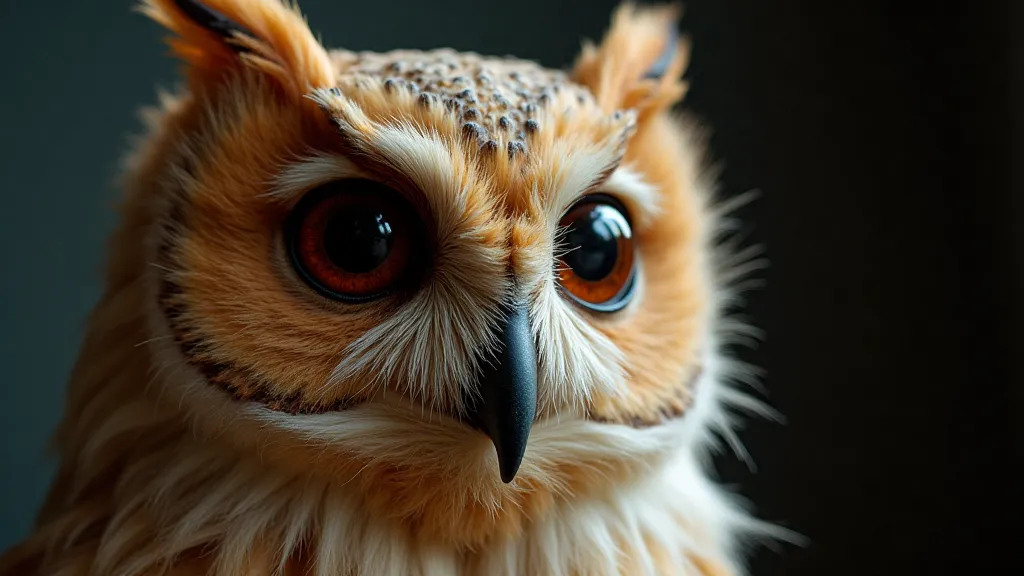
Identifying Characteristics & Common Species
Identifying an antique taxidermy specimen involves a careful examination of several factors. The style of the mount – the pose, the materials used, the level of anatomical accuracy – can provide clues to its age and origin. Examining the glass eyes is another important indicator; early mounts often feature crude, hand-painted eyes, while later mounts may have more sophisticated, manufactured eyes. The subtle differences in the glass itself, the quality of the painting, can be vital clues to provenance and age.
Common species found in Victorian-era collections included foxes, badgers, squirrels, birds of prey (hawks, owls), pheasants, partridges, deer, and even occasional exotic animals, often obtained from zoos or travelling menageries. The availability of species would also reflect the region – a collection from Scotland might feature grouse and Scottish wildcats, while a collection from England might include foxes and rabbits. The acquisition of these exotic specimens frequently carried a layer of moral complexity, raising questions about the ethics of removing animals from their natural habitats – a consideration that continues to resonate today.
The Legacy of Victorian Taxidermy
The Victorian era’s fascination with natural history and its vibrant taxidermy trade left a lasting legacy. While the practices of the time may seem antiquated and even ethically questionable by modern standards, the antique animal mounts remain powerful reminders of a bygone era – a time when the natural world was both a source of wonder and a commodity to be bought and sold. The very act of preserving something, of attempting to halt the inevitable decay, reflects a desire to control the passage of time, a yearning that is perhaps as old as humanity itself.
Holding a Victorian-era mount, feeling the texture of the aged fur, gazing into those faded glass eyes, is to connect with a narrative far greater than the animal itself. It’s a story of exploration, trade, craftsmanship, and the enduring human desire to capture and preserve the beauty and wonder of the wild world. The imperfections – the worn fur, the slightly crooked pose – only enhance their charm, imbuing them with a unique character that transcends their commercial origins. The way these specimens are often presented, framed by notions of memory and loss, has fostered a complex relationship with the past, prompting reflection on the fleeting nature of existence, a theme that informs numerous analyses of the human condition.
Furthermore, the methods employed, while reflecting the technological advancements of the time, often involved a level of manipulation and alteration that begs questions about authenticity and artistic integrity. The drive to create something "perfect," even in death, can be seen as a reflection of broader Victorian ideals of control and order, a sentiment that often overshadowed the reverence for the natural world. Ultimately, these mounts serve as tangible links to a past that is both captivating and challenging, prompting us to consider the complex interplay between science, art, and the human desire to leave a lasting mark on the world. The effort to remember, and to present a lasting image, sometimes overshadows the reality of a creature’s existence, suggesting that even in preservation, something is always lost, a poignant reflection on the very essence of memory.
